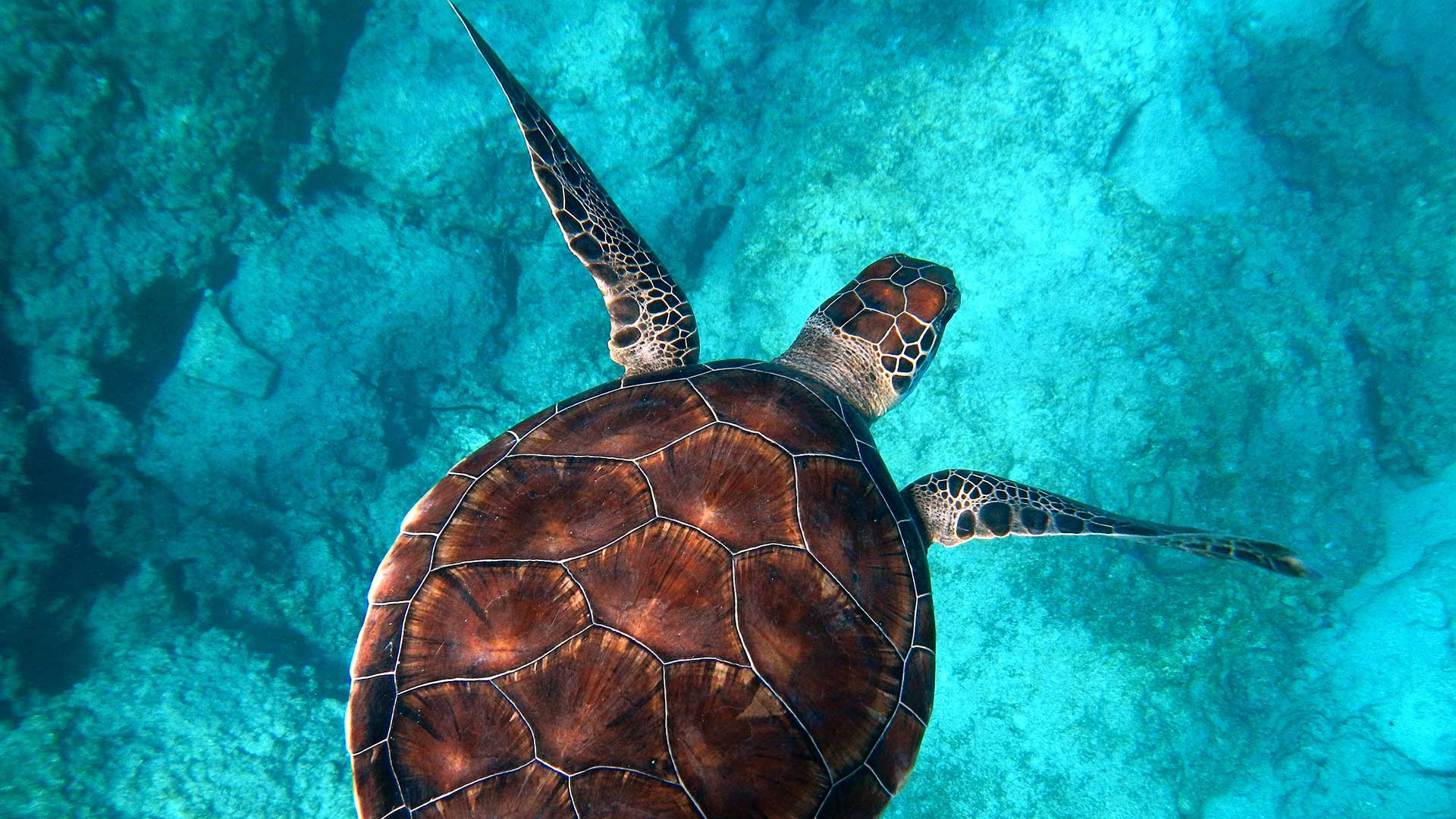Happy Anniversary California MPAs!
California celebrates first anniversary of underwater state park system. South Coast parks a destination for surfing, kayaking, tide pooling and bird-watching
On December 19 2013, California celebrates the one-year anniversary of the nation’s only statewide network of marine protected areas (MPAs). These “underwater parks,” dotting the coast from Oregon to Mexico, provide safe havens for marine life to rebound and opportunities for people to get outside and enjoy nature. (View a map here). For a look at the outdoor adventures to be had in Southern California’s marine protected areas, check out this new 60-second video from Ocean Conservancy, How Do You MPA?
Many of California’s marine protected areas are located just offshore from state and county parks, and offer great winter activities. Here are five local highlights:

La Jolla, San Diego: Each year, more than two million visitors are drawn to La Jolla for its beauty and bountiful sea life. The marine protected area at La J
olla Cove has recently been expanded and renamed Matlahuayl State Marine Reserve in honor of its Native American heritage. La Jolla features a sheltered kelp forest that’s teeming with leopard sharks, bright garibaldi, lobsters, octopus and much more.
Swami’s, North San Diego: Named after Swami Paramahansa Yogananda, whose Self-Realization ashram overlooks it, Swami’s is a beloved point break. It attracts surfers from all over the world and sea life from near and far. The kelp forest offshore grooms the waves while providing a home to spiny lobster, garibaldi and leopard sharks. Spearfishermen can fish for yellowtail and white seabass.
Crystal Cove, Newport Beach: Just offshore from Crystal Cove State Park, the state marine conservation area has delightful tidepools and sandy coves where visitors can see California sea hare, Spanish shawl nudibranch, limpets and bat stars. Fishermen can celebrate lobster season or take a stab at spearfishing dinner at this Orange County underwater park.
Channel Islands: An easy boat ride from the mainland, the Channel Islands offer spectacular wildlife viewing. Diving at Landing Cove on Anacapa Island promises encounters with several fish species and often a sea lion or two. And if you want to get way offshore, hop on a boat to Long Point State Marine Reserve on Catalina Island. Home to the well-known diving site called Italian Gardens, divers of all abilities can swim through an extensive area of boulders and thick kelp, and possibly encounter the area’s group of rare giant sea bass that, while gentle, can be an awesome sight at up to 400 pounds or more.
 Santa Barbara: Just offshore from UC Santa Barbara, Campus Point State Marine Conservation Area provides surfers with a point break and a steady offshore wind, and has colorful tide pools for curious nature lovers. Further north, off the Gaviota coast, Naples State Marine Conservation Area is a popular destination for kayaking and stand-up paddleboarding. Divers at Naples Reef can see arches, pinnacles and ledges filled with colorful anemones, nudibranchs and cowries, along with reef fish like kelp bass, sheephead and the occasional yellowtail.
Santa Barbara: Just offshore from UC Santa Barbara, Campus Point State Marine Conservation Area provides surfers with a point break and a steady offshore wind, and has colorful tide pools for curious nature lovers. Further north, off the Gaviota coast, Naples State Marine Conservation Area is a popular destination for kayaking and stand-up paddleboarding. Divers at Naples Reef can see arches, pinnacles and ledges filled with colorful anemones, nudibranchs and cowries, along with reef fish like kelp bass, sheephead and the occasional yellowtail.
California has 124 marine protected areas covering 848 square miles, or about 16 percent of state waters. They allow recreational uses such as swimming, surfing, kayaking and wildlife viewing, but are protected from some or all harvest of marine life so that ocean wildlife and habitat can thrive. The vast majority of California’s coastal waters—around 84 percent—remain open to fishing. On the North Coast, the state made history by designating protections that respect the right of indigenous tribes to continue to practice tribal ceremonies and harvesting.
The protected areas were created through the landmark Marine Life Protection Act (MLPA) of 1999. Conservationists and groups including Ocean Conservancy collaborated with business owners, scientists, tribes, fishermen, recreational ocean users and government officials to design the statewide network one region at a time. The MLPA planning effort was one of the largest, most participatory natural resource management initiatives in the state’s history.
The “How do you MPA” video can be viewed here.
Photos at www.flickr.com/photos/californiampas/




You must be logged in to post a comment.